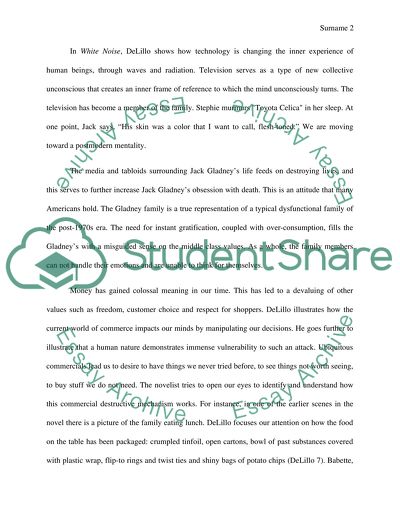Cite this document
(“The Family As Seen in White Noise by Don DeLillo Essay”, n.d.)
The Family As Seen in White Noise by Don DeLillo Essay. Retrieved from https://studentshare.org/english/1476817-about-white-nosie
The Family As Seen in White Noise by Don DeLillo Essay. Retrieved from https://studentshare.org/english/1476817-about-white-nosie
(The Family As Seen in White Noise by Don DeLillo Essay)
The Family As Seen in White Noise by Don DeLillo Essay. https://studentshare.org/english/1476817-about-white-nosie.
The Family As Seen in White Noise by Don DeLillo Essay. https://studentshare.org/english/1476817-about-white-nosie.
“The Family As Seen in White Noise by Don DeLillo Essay”, n.d. https://studentshare.org/english/1476817-about-white-nosie.


